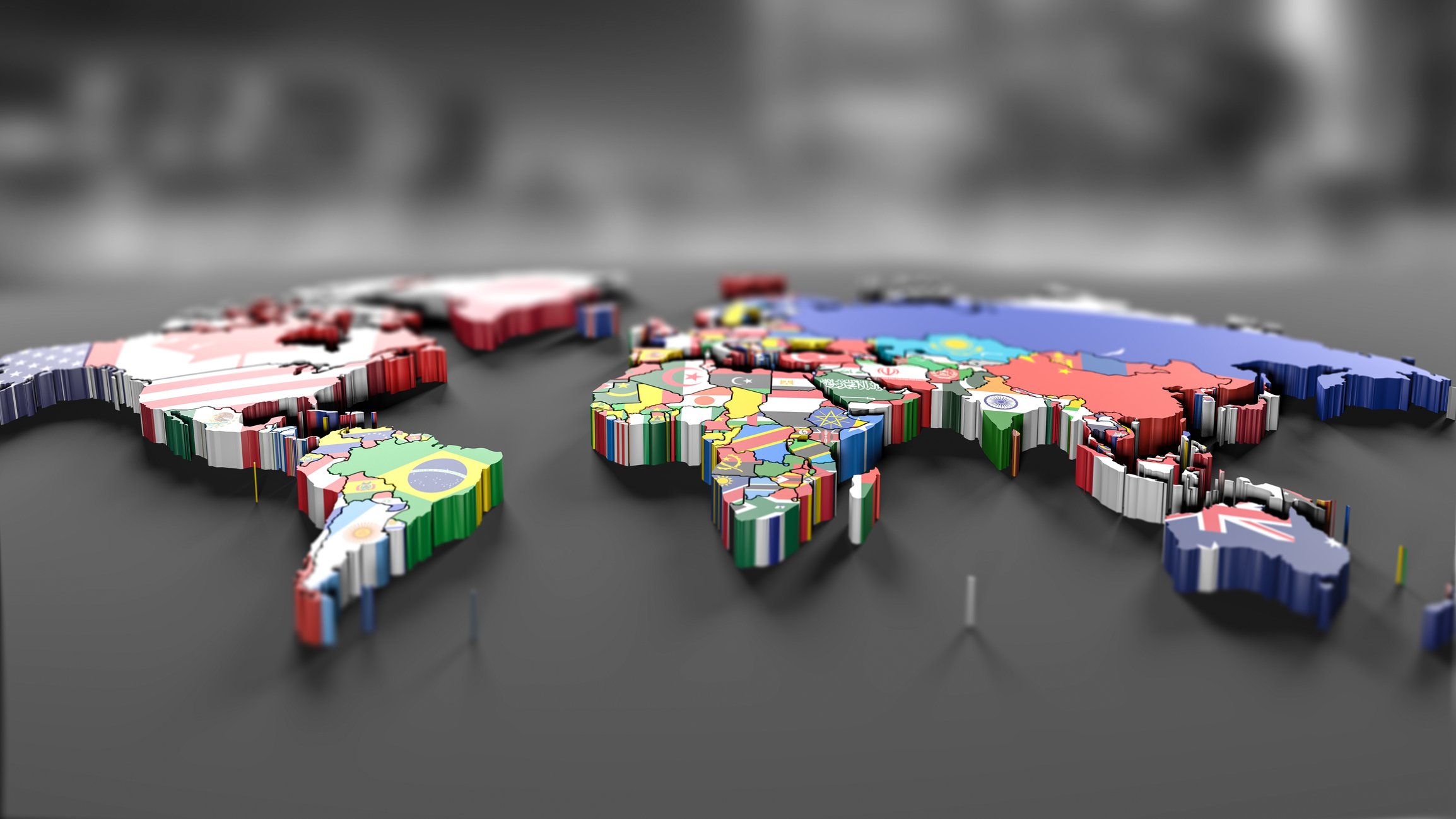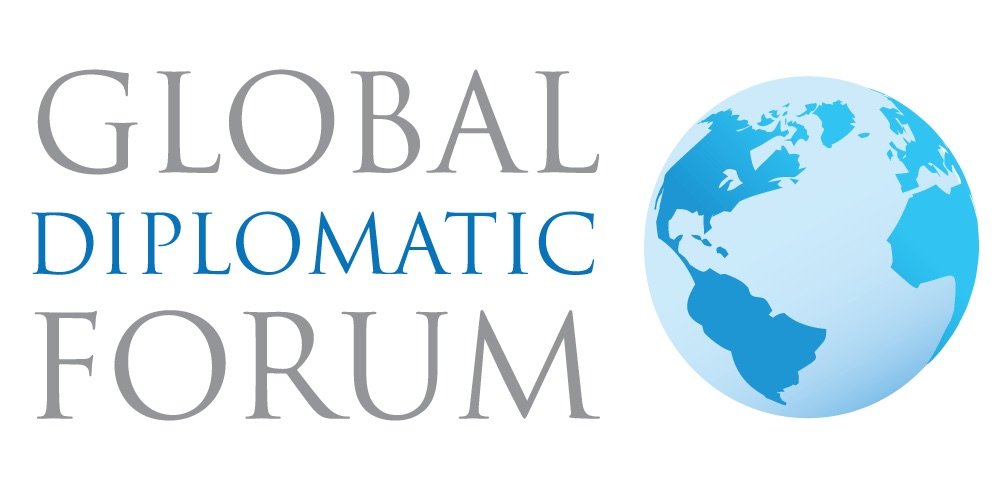
Smart Diplomacy Principles
Smart Diplomacy and the Future of Diplomatic Undertaking
Professor Joseph Nye introduced the concept of Smart Power as a combination of coercive and soft power to achieve goals in international relations, arguing that neither soft nor hard power alone could produce effective foreign policy. Nye defined soft power as “the ability to affect others through the co-optive means of framing the agenda, persuading, and eliciting positive attraction in order to obtain preferred outcomes." Hard power, on the other hand, is the use of economic and military means to influence other parties. While hard power by itself has failed to transform Iraq or Afghanistan into democratic, stable, and prosperous countries, at the same time, soft power alone cannot remove the Taliban regime in Afghanistan or defeat the Islamic State in Iraq. Therefore, a combination of the two presents a viable strategy, as demonstrated in Iran's recent nuclear program deal (although it may still be premature to assess the deal’s success)
Under the Obama administration, Secretary of State Hillary Clinton popularized smart power and defined it as choosing the right combination of tools – diplomatic, economic, political, legal, and cultural – for a particular situation.
Similar to what Hillary Clinton called "21st Century Statecraft,” we at the Global Diplomatic Forumhave defined the concept of Smart Diplomacy as the practice of smart power beyond traditional diplomacy, with the employment of new technologies, public and private partnerships, as well as diaspora networks at the center of diplomacy. Subsequently, we have identified three pillars for effective Smart Diplomacy: Digital Capabilities, Multi-Stakeholder Diplomacy, and Feminist Diplomacy. These three pillars represent factors critical to the process of translating smart power into effective leverage in both bilateral relations as well as the larger international arena.
Digital Capabilities
Feminist Diplomacy
Stakeholder Diplomacy



